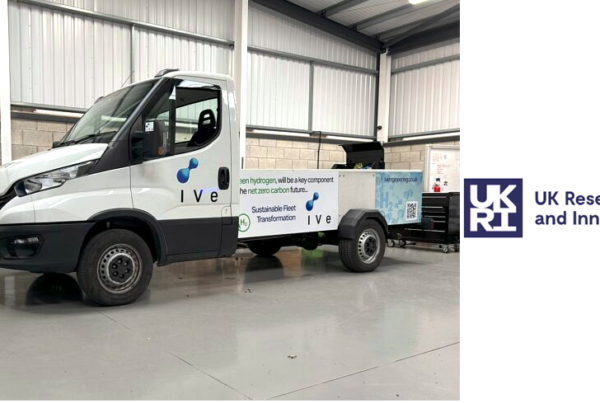
Japan’s need to move towards renewable energy sources has become increasingly pressing in the wake of the 2011 Fukushima nuclear accident. In the aftermath of the disaster, Japan shut down its power plants and switched to coal and natural gas. However, over the past decade, the country has been exploring ways to safely use nuclear energy, which is now being seen as a potential new form of renewable energy.
One of the ways Japan is exploring this is through the use of the HTGR (High Temperature Gas Reactor) reactor, a design that is able to prevent core melting and overheating even when the cooling systems are turned off and there is no one present. This device uses special multilayer ceramic spheres to contain radioactive elements, which are then cooled with inert helium gas. The system is so secure that even after all of the pumps and other components were switched off for a week for testing, the core temperature remained steady, lowering to 1328 °C and then to 1320 °C, and the reactor was not harmed in any way.
A 30 MW test reactor that was constructed in 1998 was used for research until 2011, when it was shut down along with all other reactors in the country following the Fukushima Disaster. However, a new structure will now be constructed next to the reactor using the heat generated from this process, and a hydrogen manufacturing facility will be developed with the aid of a high temperature catalyst. The Japanese Atomic Energy Agency and Mitsubishi Heavy Industries are collaborating on this project, which will enable the continuous use of high temperatures and chemical catalysts to break down water in the vapor state into hydrogen and oxygen. The critical factor in this process is that the water is undergoing chemical disintegration at approximately 850-950 °C.
Hydrogen has many potential applications, one of which is as a safe blend with up to 20% of the natural gas currently used in residential buildings. This means that with minimal network modifications, hydrogen can be used to replace the 4 billion cubic meters of gas that Turkey currently uses to heat its 20 billion cubic meters of homes. Additionally, home production using renewable resources gives us the opportunity to accomplish this, thereby blocking 5.6 billion euros worth of the annual imports’ 23 billion euros.
Read the most up to date Fuel Cell and Hydrogen Industry news at FuelCellsWorks
Furthermore, it is feasible to switch vehicles such as long-distance ships, trucks, airplanes, and trains to hydrogen fuel instead of fuels made from petroleum. On the other hand, cars have the option of continuing with batteries or switching to a hydrogen fuel cell hybrid. For the steel sector, which requires extremely high temperatures, it is also possible to set up and run a high-temperature (1000 °C) production unit on a small scale.




